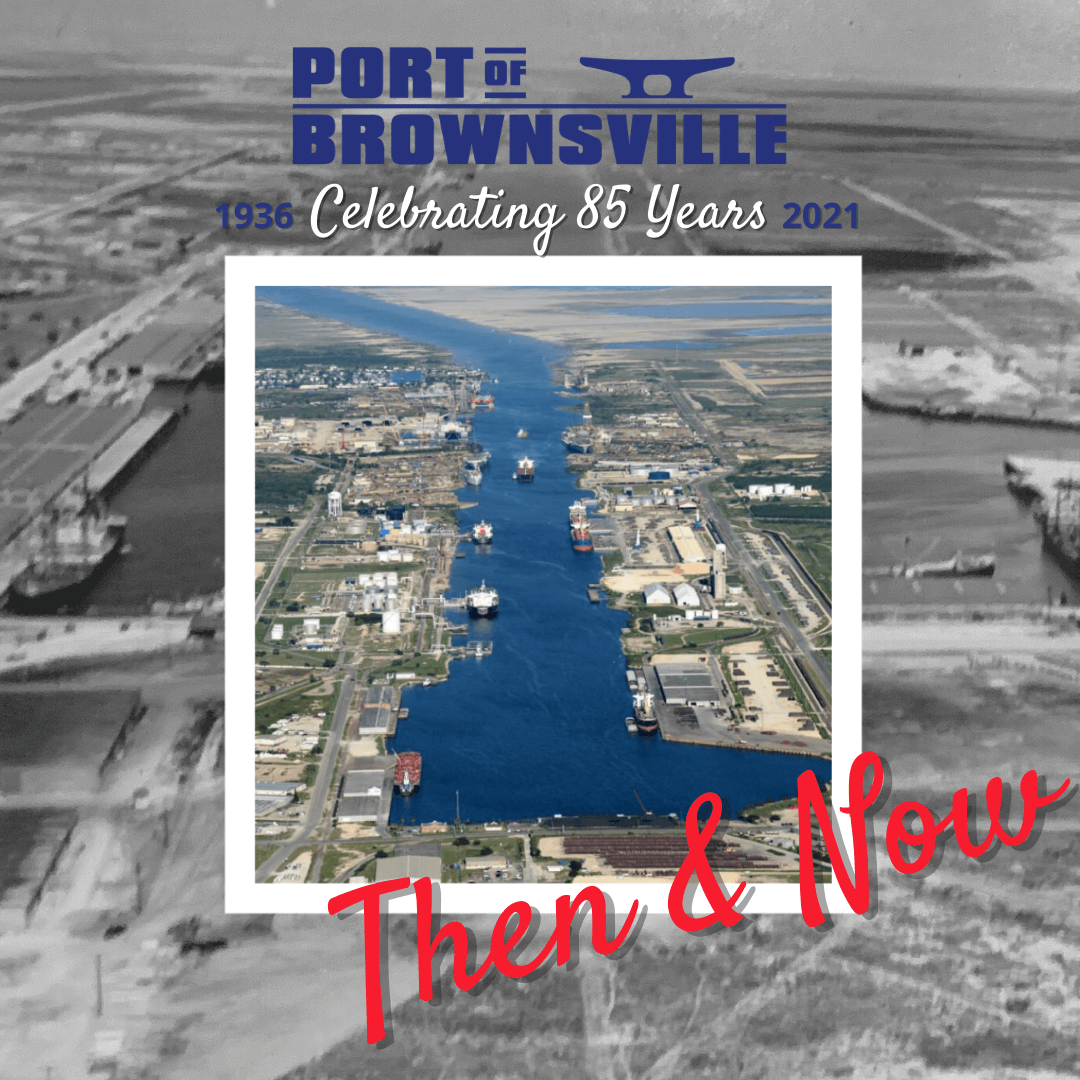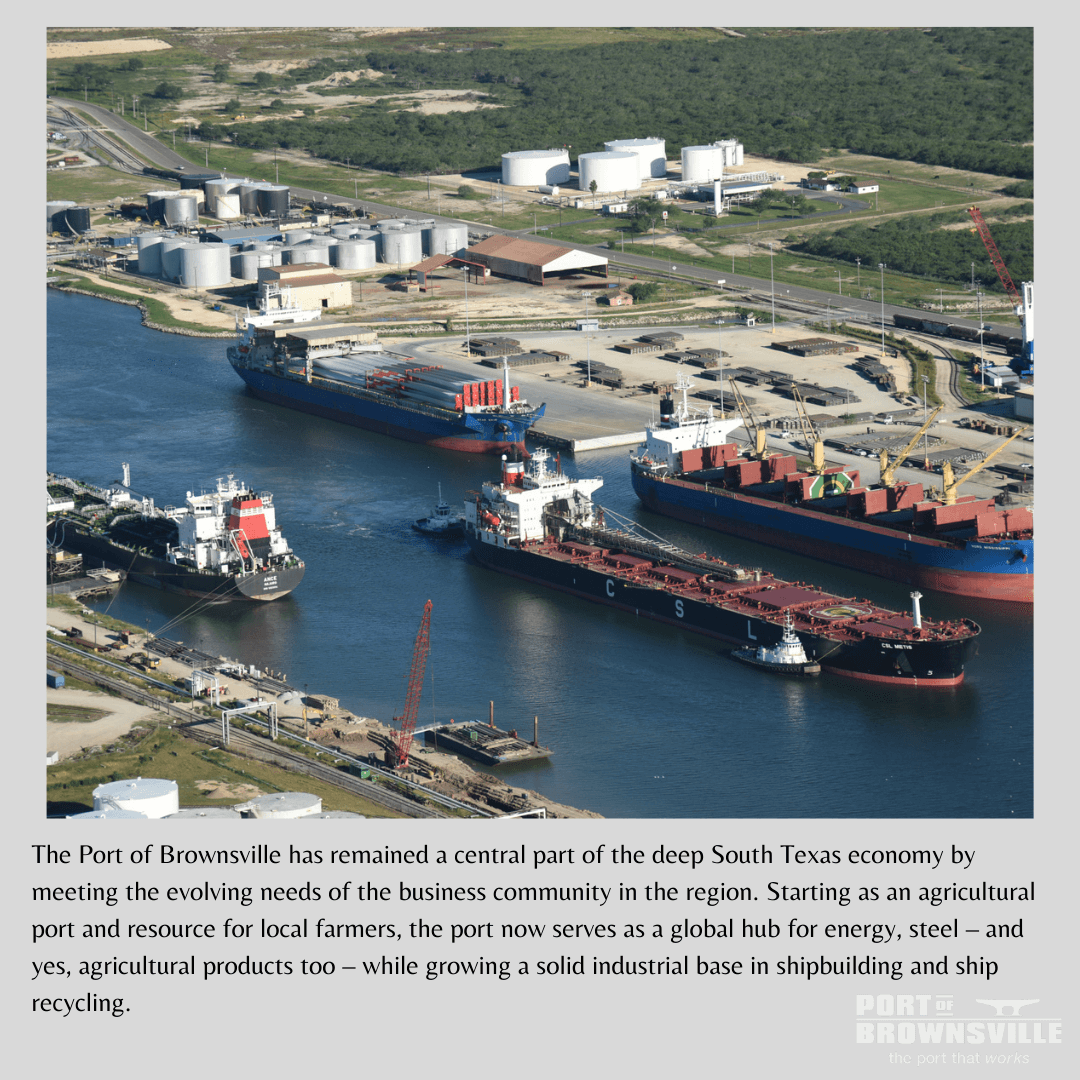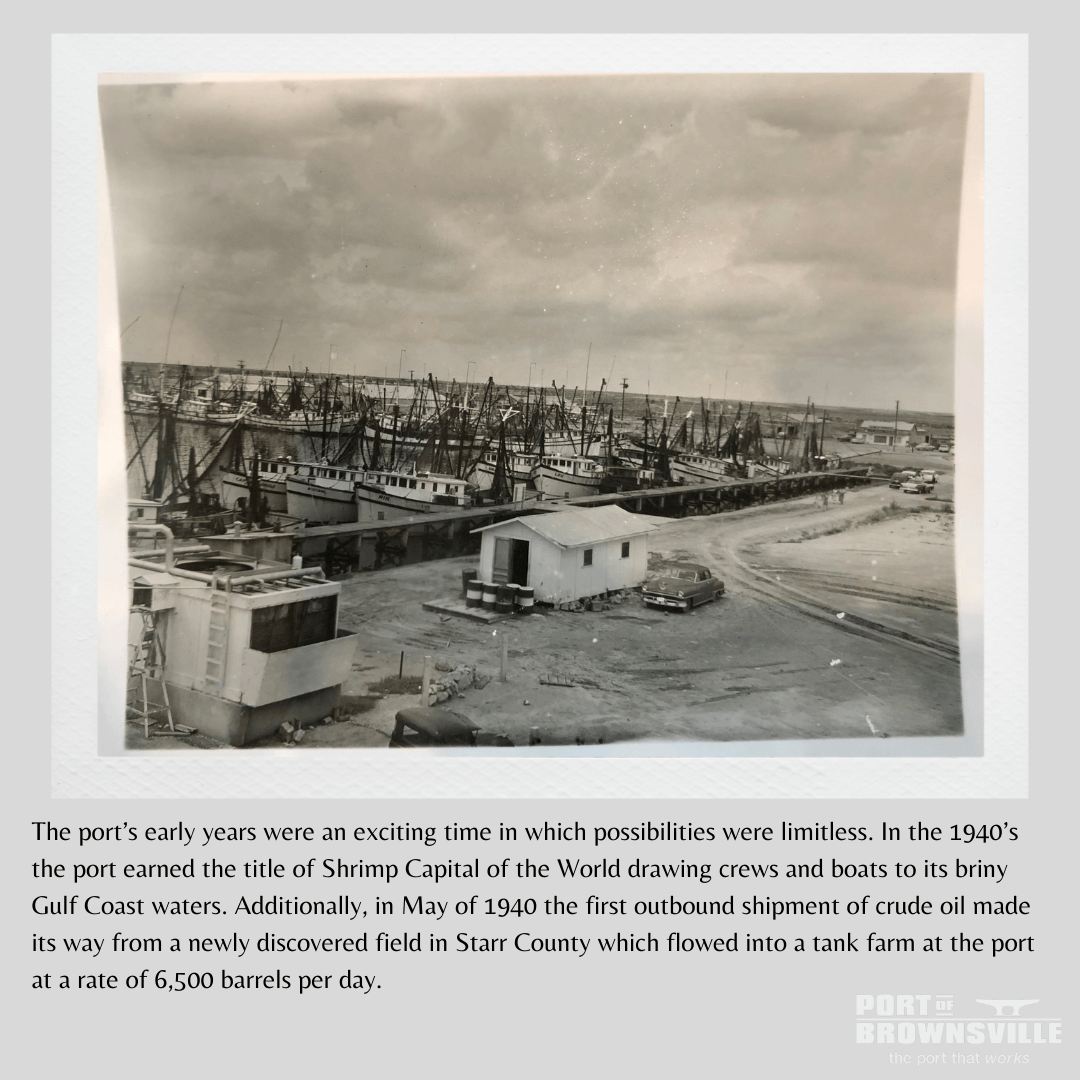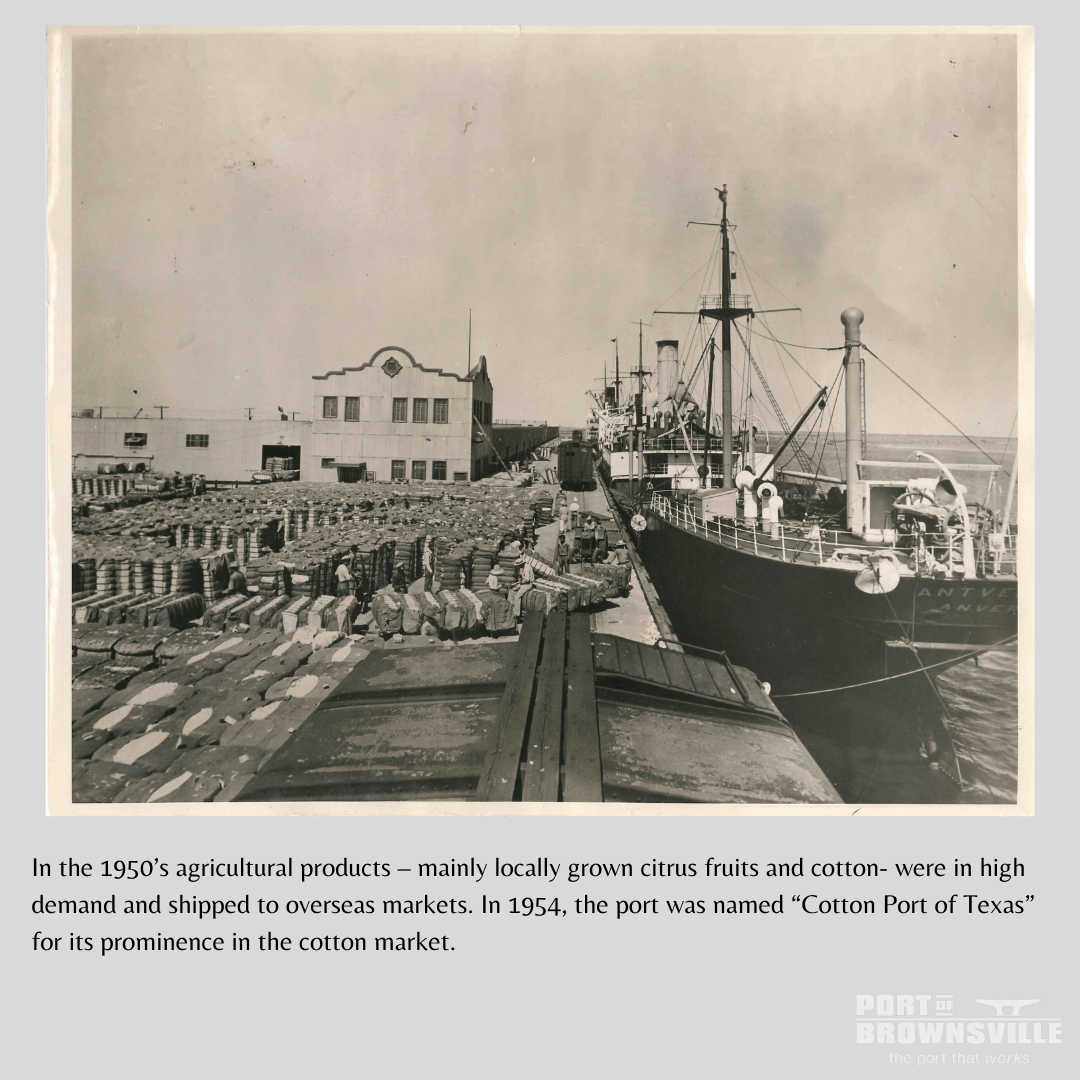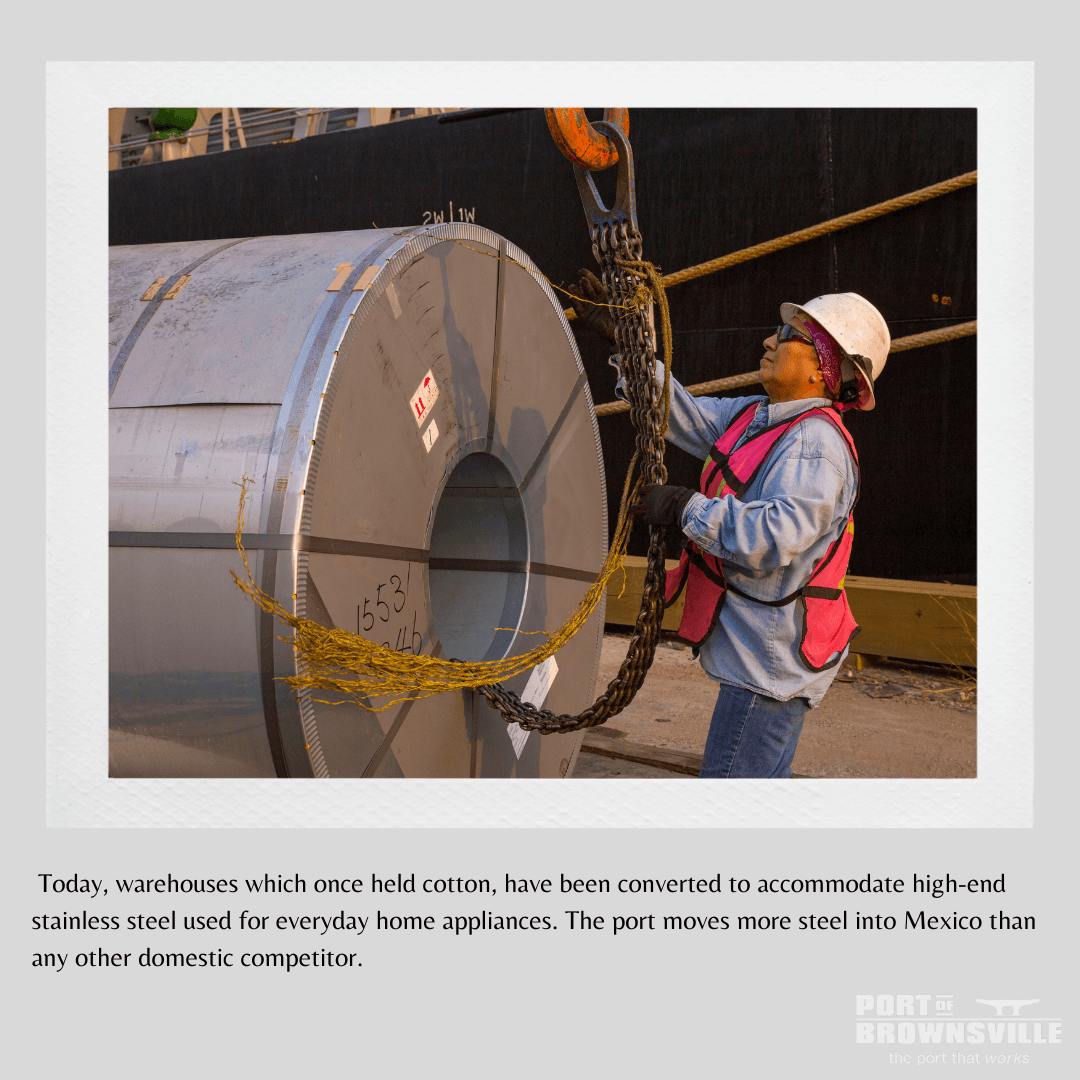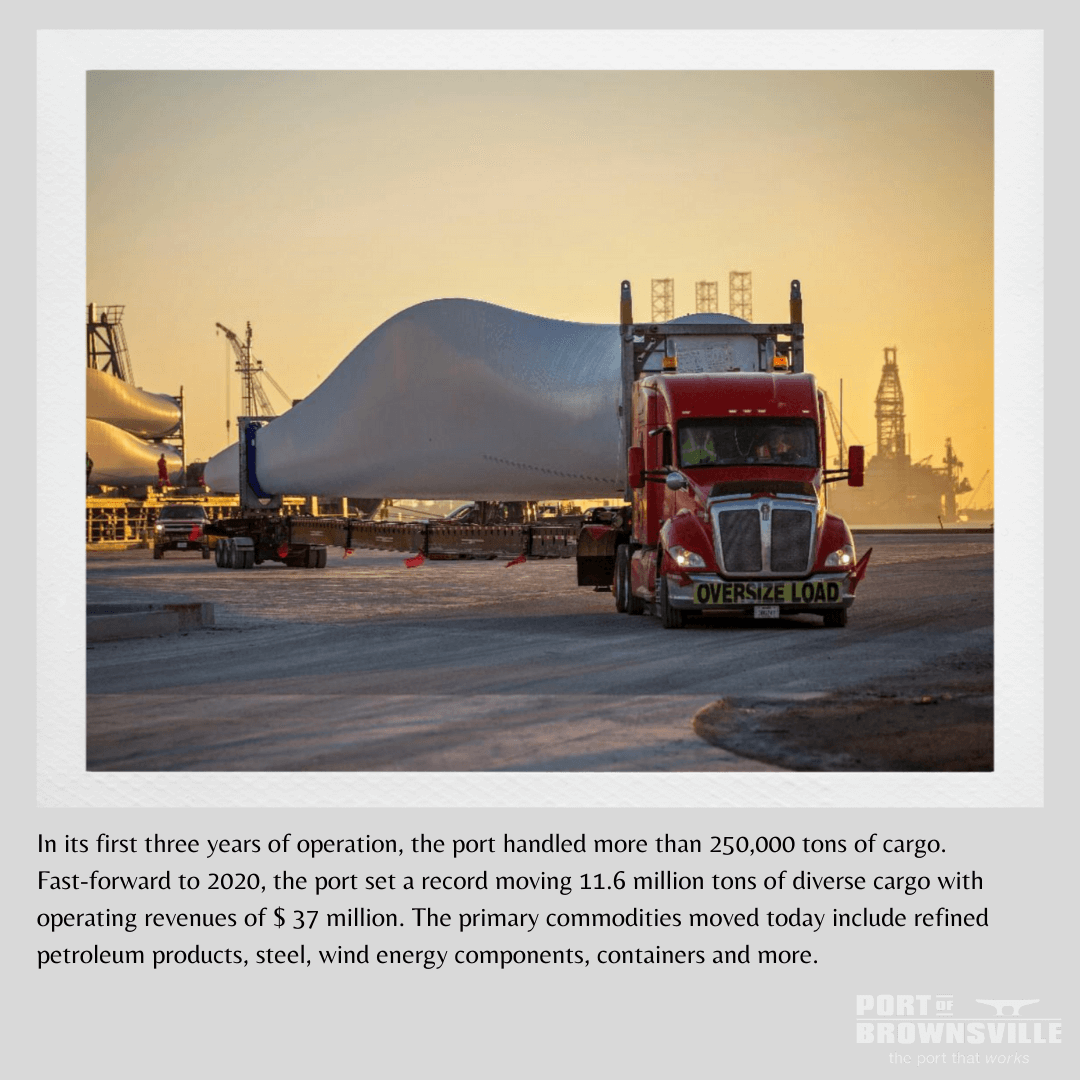Keppel AmFELS and Pasha Hawaii celebrate steel cutting for two new containerships
BROWNSVILLE, Texas – Construction of the first of two containerships is underway at the Port of Brownsville.
On Sept. 25, Keppel AmFELS cut the first steel plates for the M/V George III, one of two ‘Ohana Class vessels the Brownsville-based company is building for the Pasha Hawaii fleet, which provides service to the Hawaii/Mainland trade lane.
Once built, the new 774-foot U.S. Jones Act vessels will carry 2,525 TEUs, with a sailing speed of 23.0 knots. The design of the ship’s hull has been fully optimized using computational fluid dynamics and will be one of the most hydrodynamically efficient hulls in the world. Delivery of the vessels is expected in 2020.
“We are pleased to be able to support the Pasha Hawaii fleet with the design, engineering and construction of two state-of-the-art containerships that will be highly efficient, sustainable and safe,” said Simon Lee, President of Keppel AmFELS. “Our design philosophy includes a construction methodology that is easy to execute and maximizes the capabilities of our yard.”
The U.S. Department of Commerce Economic Development Administration will award the port a $1.8 million grant for the construction of a Public Vessel Assembly and Erection Pad, which will assist businesses in the ship-building industry like Keppel AmFELS.
“This grant demonstrates the federal government’s confidence in the Port of Brownsville and its role in helping create 700 high-paying new jobs for our community, while facilitating a new industry for the state of Texas — shipbuilding,” said Brownsville Navigation District Chairman John Reed. “This investment in infrastructure reinforces that Brownsville is the port that works, with ships built here stamped ‘Made in Texas’ for the world to see.”
According to estimates, the project is expected to generate $3 million in private investment.
The new vessels will operate fully on LNG from day one in service, substantially improving the vessels’ environmental footprint. Energy savings will also be achieved with a state-of-the-art engine, an optimized hull form, and an underwater propulsion system with a high-efficiency rudder and propeller.
“We are marking the first production milestone of our new LNG-powered ships, and honor the legacy of the Pasha ‘Ohana.”, said George Pasha, IV. “We also commend the remarkable talents and organization of the highly skilled shipbuilders on the Keppel team who are working hard to transform these steel plates into the most environmentally efficient vessels for the Hawaii trade.”



